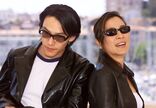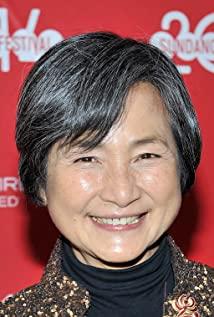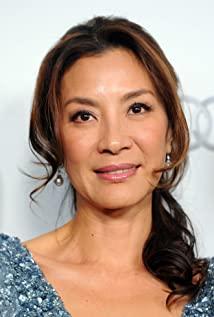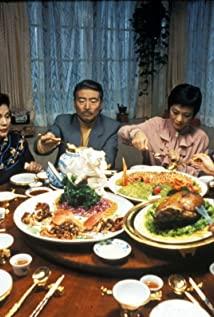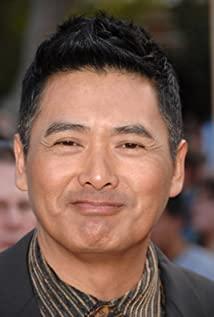The "temporal" appeal of images has led to the "fracture" of modern images focusing more on narrative (the linear whole combining traditional movement and situation is abolished), and it has also led to the independent viewing of scene and environment. But in order for the image to be "organic" as a whole, the scene viewed independently must also participate in the narrative. This need also spills over to the camera movement itself. This phenomenon of independent objects participating together in representation is the concept of "movie poetry" . Poetry is the common (mixed) signification of language signifiers and signifieds—separable and associable. The ideographic power of images thus reaches unprecedented depths.
The following are more detailed pull notes, my purpose is to illustrate how camera movement participates in image representation. And how the situation plays an extra role in the representation, the whole of a good image is always "organic" and no director's choice is wasted.
Here, thank you for your love and attention to video, video is the first and final language!
View more about Crouching Tiger, Hidden Dragon reviews




